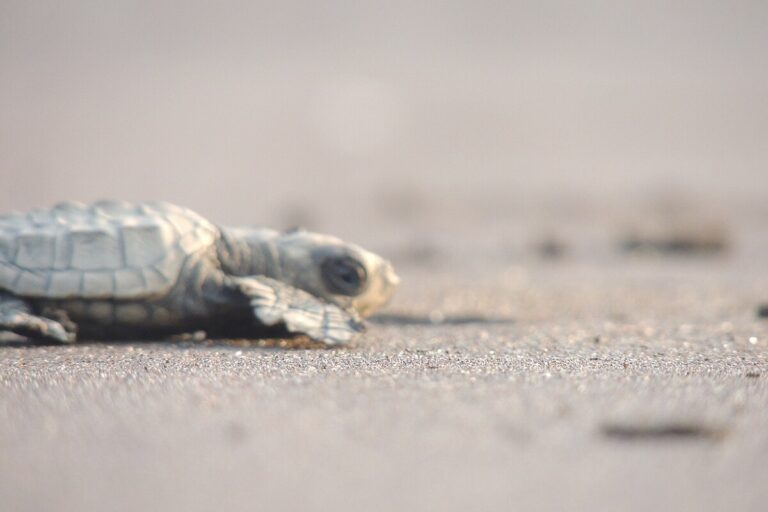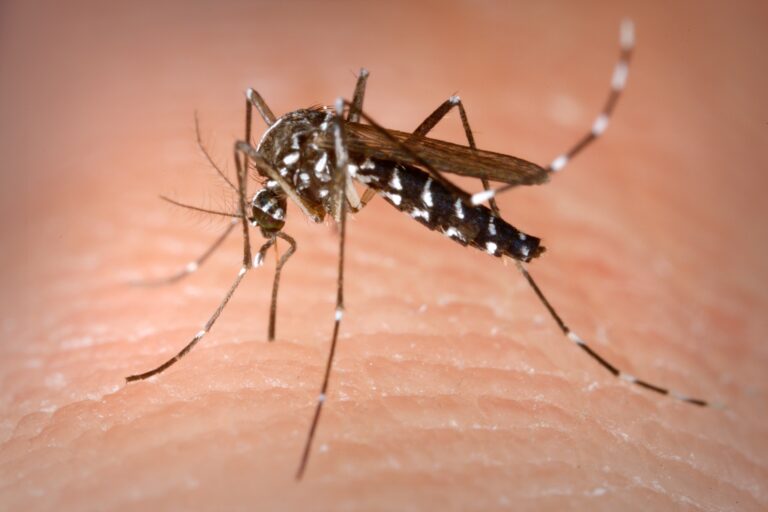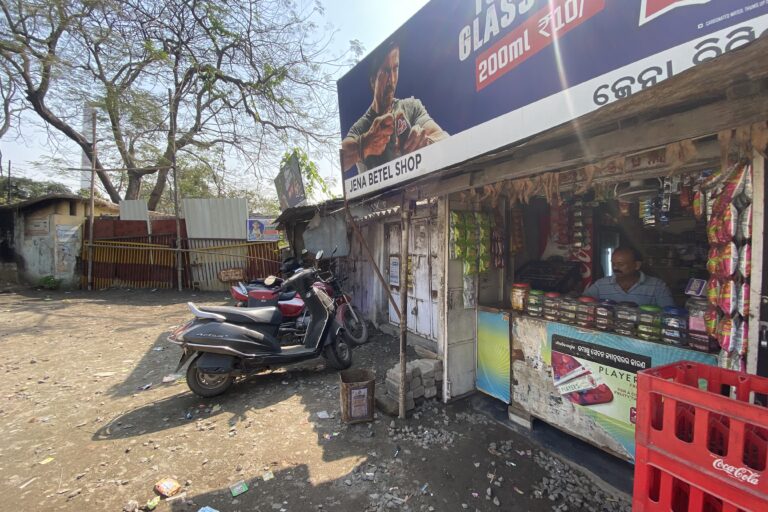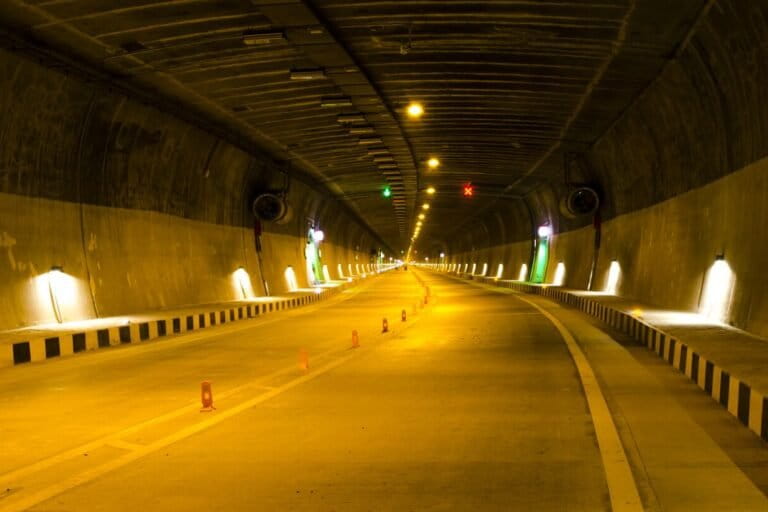- A recent study by Wildlife Institute of India assessed the effectiveness of crossing structures in Pench Tiger Reserve and found 21 mammals, including tigers and wild dogs, to be using them.
- Prey and smaller predators were less frequent, especially in areas where human presence was higher.
- Varying characteristics of structures were noted to attract or repel different species, like width, length, proximity and density of vegetation surrounding the structures, and whether structures provided overpasses or underpasses.
- The management of crossing structures must be informed by long-term monitoring of animal behaviour and habitat enrichment by increasing vegetation cover under crossing structures to aid better utilisation.
In recent years, the construction of crossing structures has been one of the key measures adopted in India to mitigate wildlife mortality and increase connectivity. Several projects, including nine overpasses and 17 underpasses, are underway along the upcoming Delhi-Mumbai greenfield expressway and the Mumbai-Nagpur highway.
A new study published by the Wildlife Institute of India highlights the impact of an existing crossing structures (CS) in a tiger landscape, through a long-term monitoring programme and its implications on movement and behaviour of multiple species. Over two years, the authors, Akanksha Saxena and Bilal Habib, monitored nine crossing structures on NH-44 passing through the Maharashtra segment of the Pench Tiger Reserve (PTR). The crossings vary in size, levels of human use and distances from PTR, within 16 kilometres of the highway.
Using camera traps placed under the structures and in habitats adjacent to NH-44, 21 mammals were found to use the crossing structures. Tigers, wild dogs and most of the small mammals frequent them near Protected Areas, while ungulates and small mammals preferred crossings with proximal vegetation cover. “A range of species – from gaur, rusty-spotted cats, multiple birds including peafowl and crested serpent eagles, to reptiles like monitor lizards have been using the CS,” says conservation biologist Habib.
Species such as the rusty-spotted cat, Indian pangolin, barking deer and Indian wolves (Canis lupus pallipes) used the crossing structures rarely. This could be because of several possible reasons including low densities, preference for core undisturbed habitats, cryptic behaviour and, in the case of the Indian wolf, a differential perception of human presence and vehicular traffic, the latter perceived to be a greater threat. Similarly, despite being locally abundant and persisting in a range of habitats, golden jackals avoided the crossing structures owing to a greater use of the same by larger predators such as leopards, tigers and wild dogs.
Influences on utility
Several factors impact how a crossing structure is used – from its dimensions, approach and span terrain, proximity to vegetation cover, and presence and level of human activity, among others. In their study, the authors evaluated changes in species richness (as in, count) in undisturbed and adjacent habitats and their response to varying structural features. Some species used the open spaces under the road crossing structures more frequently, while others preferred vegetation like shrubs or trees near the structures to shield themselves from humans and predators. “Animal activity patterns under CS vary with species. Some species like chital, gaur, nilgai and leopard behaved differently in areas with high human presence,” adds Habib.
In Pench, all animals weren’t frequent at minor bridges with natural drainage, opting for underpasses instead. Similarly, width didn’t seem to matter to tigers, while wild dogs used lesser crossings as they became wider.

The authors found that after location, size has the biggest impact, especially on species diversity. “While tigers seemed to use CS of varying widths, gaur and sambar showed high use in both small (50 m.) and large (750 m.) structures. The most interesting finding regarding CS width was that species richness was highest in the largest CS (750 m.). Moreover, the largest CS also accommodated several tigers. This is an important finding given that tigers are territorial, and smaller structures may restrict use by dispersing individuals,” noted the study.
The link with animal behaviour
Researchers involved in the long-term monitoring of CS across the globe emphasise the need to understand animal behaviour and ecology planning construction. “This includes knowledge of sociality of the species, movement and activity near roads, degree of tolerance to human disturbance, and so on. We now know that even though leopards thrive in human-dominated landscapes, they actively avoid interacting with humans by changing their activity patterns,” the authors say. They found that the presence of human trails and motorable roads under CS were not conducive.
A 2001 report by a team of researchers from Australia, Canada and the United States, on wildlife passages also sheds light on the need to understand predator-prey interactions to avoid wildlife crossings from becoming “prey-traps”. In a similar study in 2022, the authors Akanksha Saxena and Bilal Habib found that crossing structures in Pench presently did not impact prey-predator interactions or encourage predation by free-ranging dogs. “We used our camera trap data to calculate the time elapsed between a prey passing and a predator (tiger, leopard, wild dog, free-ranging dog). We found that this mean time difference under the CS was significantly lower than inside the tiger reserve (where there was no human disturbance) and was lowest for prey-wild dog sequences,” says Saxena. “However, this was not low enough to suggest that wild dogs actively scout for prey under the CS, although we have come across at least three such instances. Predator-prey interactions under CS should be assessed regularly after their construction, and not before. This has implications for the management of CS by the forest department, most importantly for managing feral dog interactions with wildlife. In such a scenario, increasing vegetation cover, placing natural elements like logs, and managing feral dog presence under CS may be required to make them equally attractive for all species.”
The critical factor for best results is the necessity for diversity in design and dimensions to cater to the needs of different species. The authors found that crossing structures designed for specific ‘target/focal’ species may exclude other species from using the same. The authors further stress considering the needs of the largest and group-living species first in designing mitigation measures, particularly in central India.
Read more: Tiger movements between India and Nepal become increasingly restricted
What does the future look like?
Linear infrastructure, including road and railway lines, continues to be one of the most significant threats to wildlife, resulting in habitat fragmentation, impacting landscape connectivity and increasing wildlife mortality rates.
According to the 2018 report by the Wildlife Protection Society of India, of the 460 leopard deaths recorded from 2014 to 2018, 74 were killed in train or road accidents. A recent RTI report filed by a conservationist in India stated that 26 tigers succumbed to road and rail accidents between January 2010 and January 2021. Wildlife crossings are not only aiding in movement – as found in this study, many species used the structures for various activities such as resting and foraging. This indicates that wildlife is habituated to these structures at varying levels.
Animals are adapting to this solution quickly – for example, grizzly bears have been reported to teach cubs to use crossing structures, and frequent crossings to find mates.
CITATION:
Akanksha Saxena, Bilal Habib, Crossing structure use in a tiger landscape, and implications for multi-species mitigation, Transportation Research Part D: Transport and Environment, Volume 109, 2022, 103380, ISSN 1361-9209.
https://doi.org/10.1016/j.trd.2022.103380
Banner image: A tiger using an underpass on NH44. According to an RTI report, 26 tigers have died between January 2010 and January 2021 in road and rail related accidents. Crossing structures on highways could help prevent such mishaps. Photo from Bilal Habib Lab, Wildlife Institute of India.














